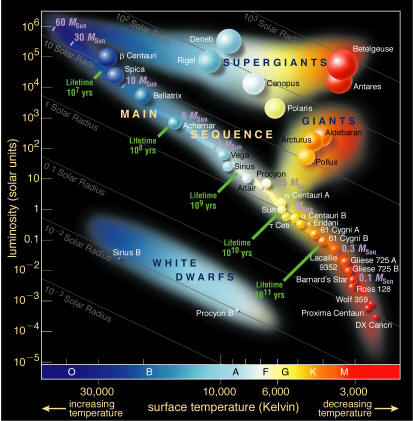Physical Address
304 North Cardinal St.
Dorchester Center, MA 02124
Physical Address
304 North Cardinal St.
Dorchester Center, MA 02124

Contents
The Sun, at the heart of our Solar System, is a G-type main-sequence star, also known as a yellow dwarf. Despite its classification, the Sun’s light appears white rather than yellow. Formed around 4.6 billion years ago from the gravitational collapse of matter within a large molecular cloud, the Sun is a massive ball of plasma that sustains life on Earth through the energy it emits. The Sun’s core fuses around 600 million tons of hydrogen into helium every second, converting mass into energy. This process has been ongoing for billions of years, providing the energy that fuels life on our planet.
The Sun primarily consists of hydrogen and helium, with heavier elements like oxygen, carbon, neon, and iron making up less than 2% of its mass. The Sun’s core, where nuclear fusion occurs, has a temperature of about 15.7 million kelvin and a density 150 times that of water. Energy generated in the core is transferred outward through the radiative zone and the convective zone before reaching the Sun’s surface, known as the photosphere. The Sun’s photosphere has a temperature of about 5,700 K and is the layer from which sunlight is emitted into space.
The Sun’s core, where nuclear fusion takes place, extends to about 20-25% of the solar radius. Here, hydrogen is converted into helium through processes like the proton-proton chain. The radiative zone, which extends from the core to about 0.7 solar radii, is where thermal radiation is the primary means of energy transfer. Beyond this lies the convective zone, where convective currents carry heat energy to the Sun’s surface. The Sun’s atmosphere consists of the photosphere, chromosphere, transition region, corona, and heliosphere, each playing a unique role in the Sun’s overall structure and behavior.
As a main-sequence star, the Sun is in a stable phase of its life cycle. However, in about 5 billion years, the Sun will exhaust its hydrogen fuel and begin to evolve. It will expand into a red giant, engulfing Mercury and Venus, and rendering Earth uninhabitable. Eventually, the Sun will shed its outer layers, becoming a white dwarf and ceasing nuclear fusion. The remnants of the Sun will continue to emit heat and light for trillions of years, eventually cooling into a super dense black dwarf.
The Sun, our closest star, is a vital source of energy and life for Earth. Its evolution and eventual fate are a testament to the dynamic nature of stars and the universe. Understanding the Sun’s composition, structure, and fusion processes provides valuable insights into the workings of stars and their impact on the cosmos. As we continue to study and observe the Sun, we deepen our understanding of the universe and our place within it.